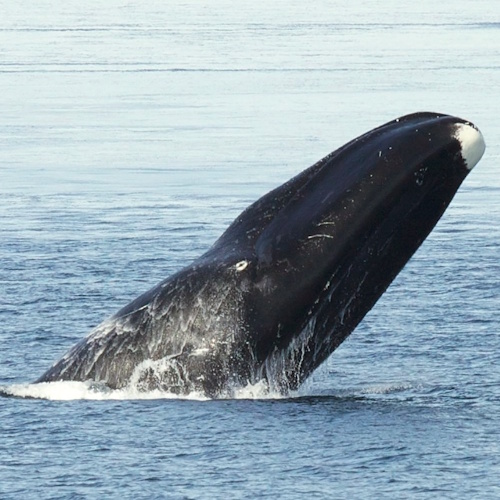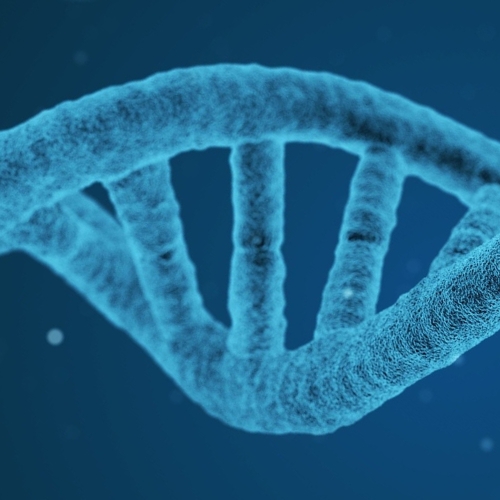Researchers have studied the bowhead whale, known to be the longest-living mammal, to understand its unique anti-cancer mechanisms and the secrets to its longevity. The bowhead whale can live for over 200 years, and such a long lifespan should make it highly susceptible to DNA mutations and cancer due to the numerous cell divisions it undergoes. This discrepancy is known as Peto’s Paradox.
Contrary to what you might expect, the whale doesn't just rely on extra copies of cancer-suppressing genes, as seen in other long-lived creatures like elephants. Instead, the researchers found that the bowhead whale's cells have superior DNA repair mechanisms. Specifically, they identified two proteins, RPA2 and CIRBP, that contribute to highly efficient and accurate repair of DNA double-strand breaks. This more "conservative" strategy repairs cells rather than needlessly eliminating them, which is essential for the whale's long and cancer-free lifespan.
The whale’s strategy of repairing DNA rather than just eliminating faulty cells is likely a balancing act between preventing cancer and avoiding age-related cell loss. This process is especially crucial in the brain and heart, where cells often aren't replaced after cell death. Therefore, accurate and efficient DNA repair can help maintain the functionality of these critical tissues over the long lifespan of the whale.
The researchers also suggest that the whale’s high CIRBP expression could be an adaptation to its Arctic environment, where it has to endure extremely cold water and fluctuating oxygen levels. Interestingly, CIRBP could be involved in the health benefits seen with whole-body cryotherapy in humans.
In conclusion, the study provides fascinating insights into how nature has solved Peto's Paradox and points towards potential therapeutic avenues to bolster DNA repair mechanisms in humans, potentially lowering cancer risk and mitigating age-related decline. This remarkable mammal shows that boosting DNA repair isn't just a theoretical possibility, but a reality of evolution and survival in the harshest of environments.
Research led by Vera Gorbunova at University of Rochester published in bioRxiv (preprint server).








